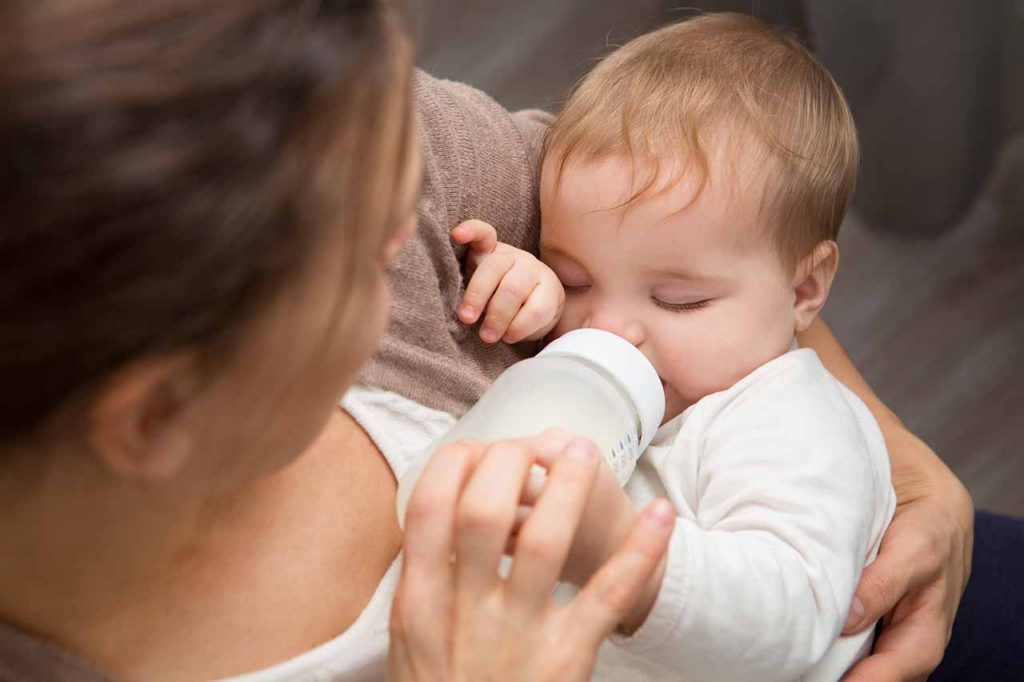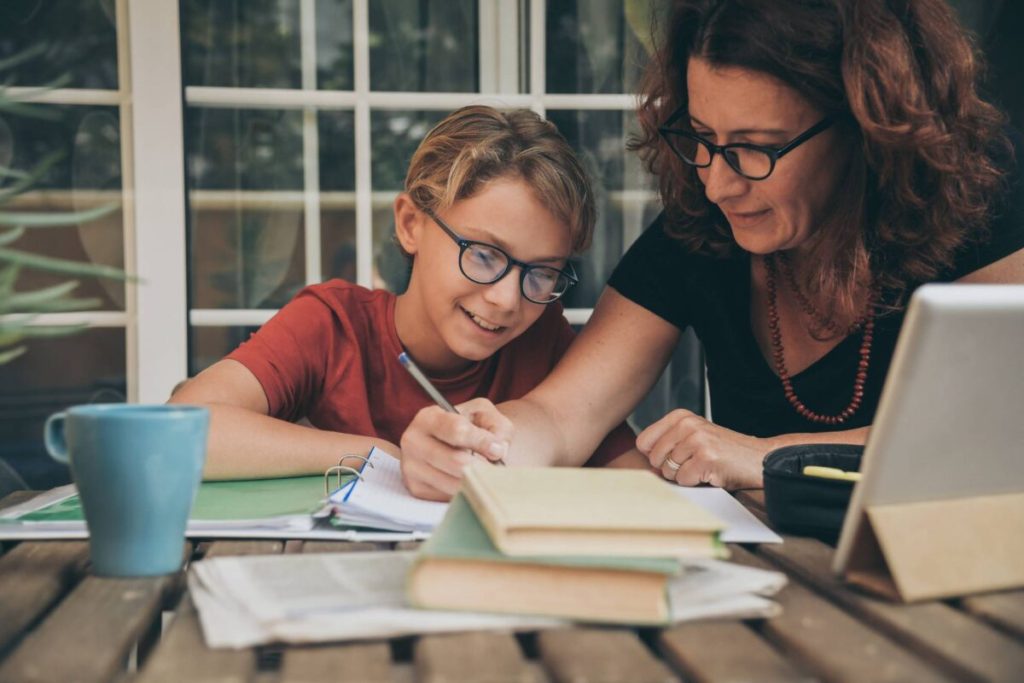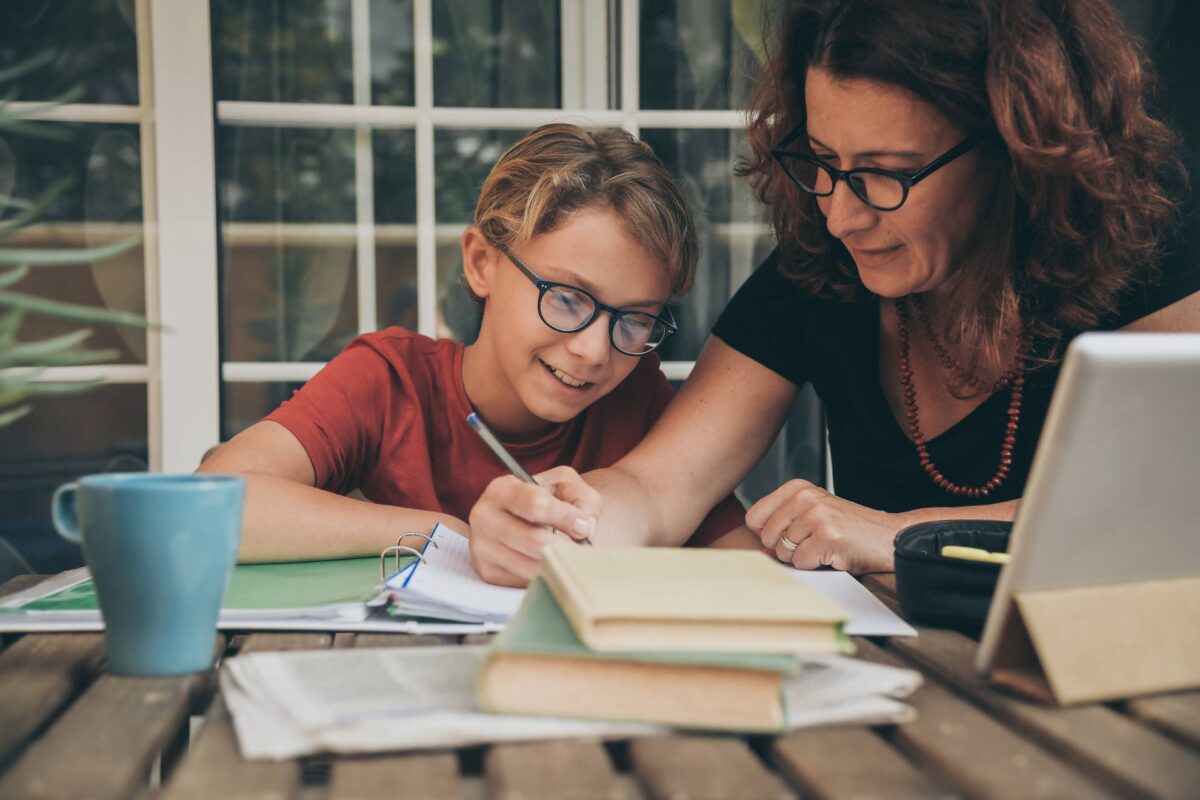Nanny vs. Governess, What are the Differences?
When families start to consider what childcare professionals they want to hire for their children, they may look at hiring a Nanny or a Governess. But how can you be sure that you’re choosing the right type of professional for your children?
Both of these childcare roles are responsible for the care of your child, however they do have specific differences.
The Nanny Role

A nanny is responsible for the welfare and development of the children they care for. Usually, nannies tend to care for younger children, as they may be following on from a maternity nurse, and the ages range from birth to around 11 years old; however the decision of when to stop nanny care is something the parents / family decide. Some may decide they no longer need a nanny and some choose to keep one for a little more, and it is a complete personal choice.
Nannies are responsible for all aspects of bringing up a child in a stimulating environment. They help them reach developmental milestones and thrive throughout birth, the toddler ages, preschool and school years, and nannies are always ensuring their safety and wellbeing.
Duties and Responsibilities
A Nanny’s duties and responsibilities tend to revolve around the general care of a child. These include but are not limited to:
- General care: feeding, changing, dressing
- Play activities
- Setting up routines with the parents
- Helping the child reach developmental milestones
- Pickup and drop-off at nursery / school
- Provide constant care and supervision when parents are not there
- Travelling with families if needed
The Governess Role

A Governess, on the other hand, specialises in education. They tend to work with children who are of a school age, however some parents decide to hire one a little earlier. Governesses may be hired to work alongside a nanny the family already has, where the nanny takes over general care duties and the governess is in charge of educational activities, or they may be hired to work alone with the child or children.
A governess typically has educational training, for instance, they may be a qualified teacher and have knowledge of the academic curriculum. Governesses are knowledgeable of the educational system of wherever the children are learning and work with the child as their educator. Moreover, they are usually the liaison between the family and the school.
Duties and Responsibilities
A Governess’s duties and responsibilities will focus mostly on the academic education of the children. These include but are not limited to:
- Liaising with the child’s school on behalf of the parents
- Deal with all academic matters
- Partnering with the child’s parents and teachers to set up a schedule and provide care and educational development for the child
- Helping with homework or tasks
- Promoting and motivating a child’s intellectual and social development through different activities
- Teaching another language if parents choose to
- Home-schooling
- Keeping parents informed of the child’s progress
- Maintaining a stimulating environment and introducing appropriate activities, helping the child or children thrive.
All in all a governess focuses on making sure the children reach educational milestones, and nannies focus more on making sure children reach developmental milestones, both of course ensuring that the child or children are safe and cared for.








